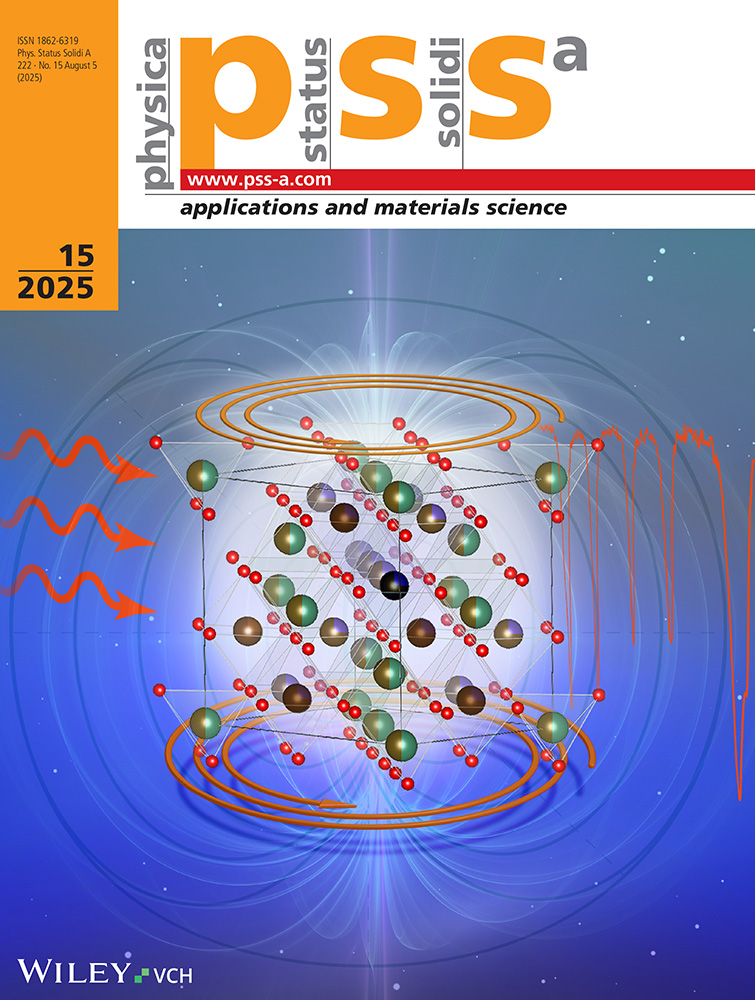In-situ Determination of the Carrier Concentration of (001) GaAs by Reflectance Anisotropy Spectroscopy
Abstract
We demonstrate the use of Reflectance Anisotropy Spectroscopy (RAS) to determine the carrier concentration in GaAs of the topmost layers (≈20 nm) in-situ during layer growth. The doping contributes to three features in the RAS spectra: an oscillation at E1/E1 + Δ1, an oscillation at E0′/E0′ + Δ0′ and an offset of the baseline of the whole spectrum. Using the empirical calibration in this paper, carrier concentrations above ≈1017 cm—3 can be easily measured by RAS for a given temperature, dopant and reconstruction.




